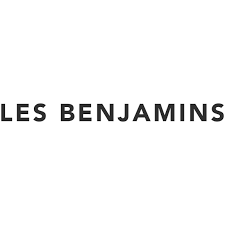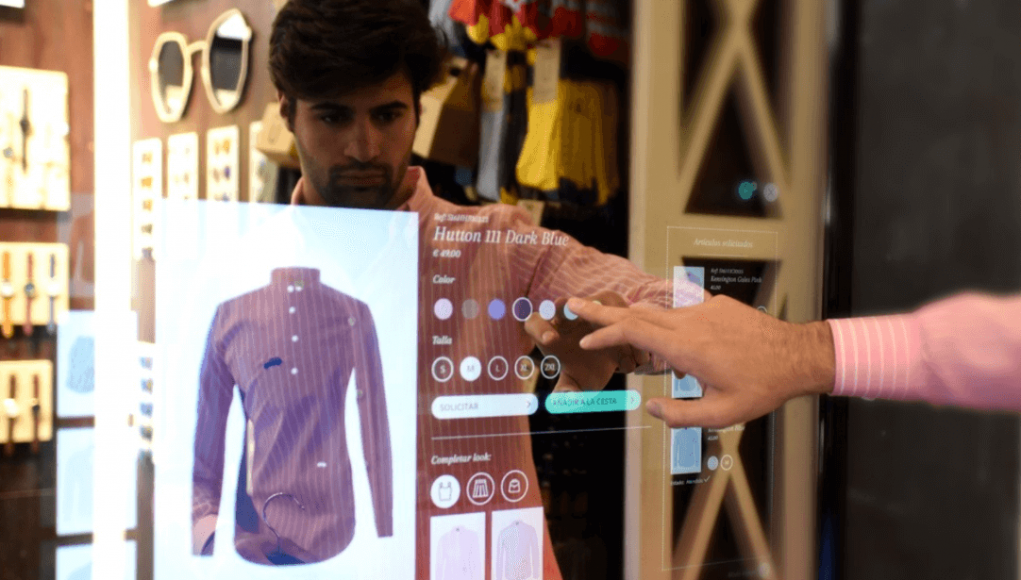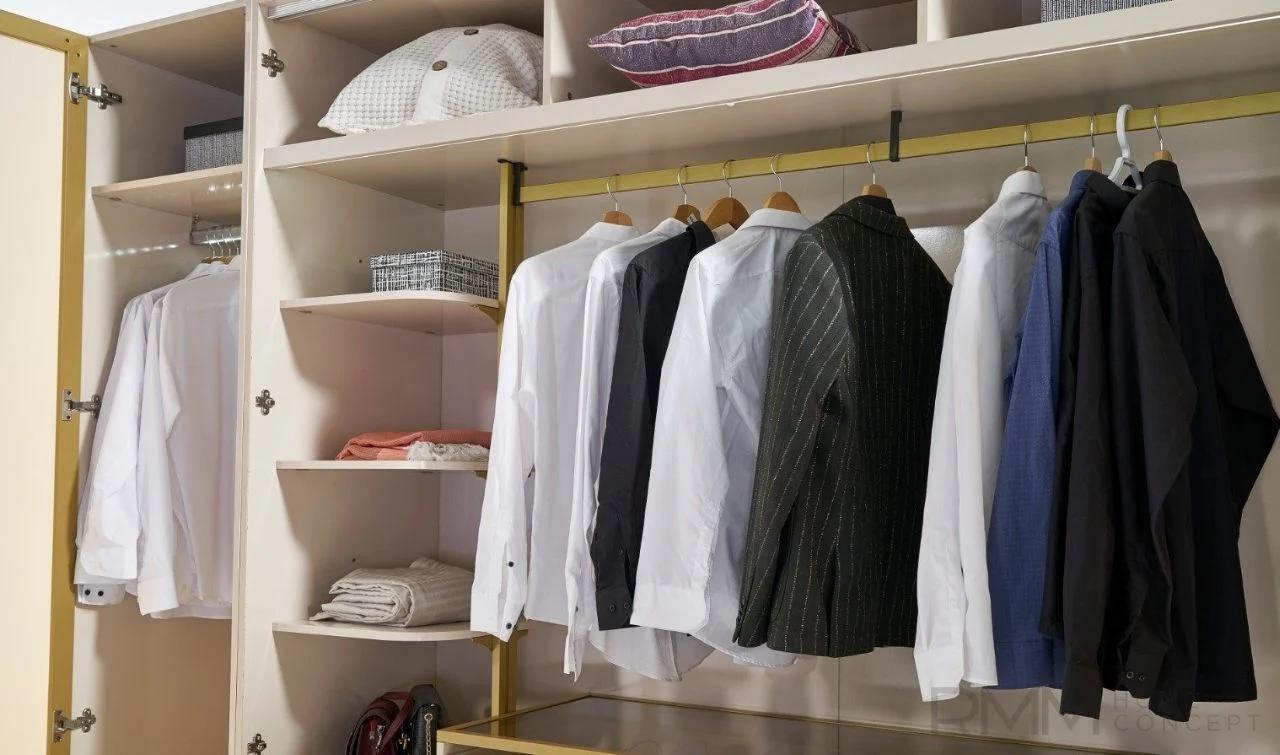The plus size industry has more than billion-dollar value in the world. In only America, the plus size industry has over 20-million-dollar value.
Until 19th century, clothes tailored by specific order for people. There were no brands and identities like today’s beauty standards. In the beginning of 19th century, the plus size fashion emerged. The plus size industry changed over time from beginning to today.
In this blog post, we will mention milestones of plus size fashion in history. Also, we will talk about changing body image evolution and virtual fitting rooms.
Content Table
- The Birth of Plus Size Fashion
- 1920s and Beginning of Plus Size Fashion
- 1950s and Shift from Clothes and People
- 1980s and Growth of Plus Size fashion industry
- 2000s and The Influence of Social Media
- Todays, The changing terminologies
- The effects of Virtual Fitting Rooms
1. The Birth of Plus Size Fashion
Thank to birth of fashion companies, fashion industry began. Thus, body production in clothes started to change. To increase productivity and profits, companies began to design clothes that fit most people. In fact, it suits most people, not at all. The fashion industry could not reach mass scale until the late 1940s. Yet, there were companies that served certain consumer groups. As a result of this period, wealthy plus size woman could tailored clothes for their needs. But most woman had to buy mass-produced clothes.
2. 19200’s and The Beginning of Plus Size Fashion
“Plus Size” terms used by Lane Bryant who was famous American designer until the late of 1920s. She started to design clothes for mothers and newborns. Over time, she became well-known figure in New York with her high-quality designs. In 1922, some clothing parts which are chest, hips, waist, and arms advertised for plus size women. (Meta description)
Bryant's engineer husband, Albert Malsin,conducted research with plus size woman. His aim was to understand the body measurement of plus size woman. He worked over 4,000 plus size woman in his research. As a result, women who have breast size +44 differed from the standard size and rating system. Malsin's research found that plus size women showed huge difference among themselves. His research results were insufficient for its period. The result of plus size categories did not meet the diversity in real life.
In those time, Bryant and Catherine companied conducted another three-year longitudinal study. They worked with 14,000 plus size women in the USA. This research provided a great information source for plus size women's body measurements. By the 1940's, the concept of the ideal body began to be questioned. Yet, companied did not show desired variety in plus size clothing industry.
3. 1950's Shift from Clothes and People
During the 1920's and 30's, stores offered women's coats and dresses for plus sizes. But until the 1950's, plus size terms focused on clothing. In 1953, plus size woman term used first time by the advertisement campaign of Korell brand. Their advertisement printed with these lines "wonderful action-plus dress for the plus-sized woman." From 1950's and 80's, the plus size category gained some attraction. Yet, plus size fashion options were hard to find in large scale.
4. 1980's and the Growth of Plus Size Fashion Market
Italian clothing company Max Mara has launched Marina Rinaldi, one of the high-end clothing brands for plus size woman. Despite the growth of plus size fashion market, plus size clothing ignored by mainstream fashion industry. Plus size clothes shown in small stored and single boutiques. Plus-size customers could not shop at the same places as the rest of society. This situation began to be criticizedover time.
5. 2000's and the Impact of Social Media
The plus size fashion industry began to be mainstream. The inclusion of plus size models in magazines and billboards caused a huge impact. Social media has allowed people to voice their opinions and needs. People do not need traditional advertising and marketing strategies to reach mass culture. Famous fashion companies prefer plus size women models in their social media accounts. These leads questioning of body image and perception.
6. Today, Changing Terminologies
Today, most clothing brands are trying to change the word terminology for plus size. Instead of expressions like "fat, unhealthy", they start to use language that includes a variety of people. When we look at the meaning of the word "plus size", we see the explanation of "measurements over standard size". So, who sets this standard? What do we mean as a standard? Being outside the standard affects in the diversity of plus size fashion. In the past, large companies and brands dictate fashion and language. Now, fashion approaches come from consumers themselves. As people demand more, companies will try to meet customer's needs.
7. The effects of Digital Fitting Rooms
With the rise of e-commerce, plus size fashion has also moved to online environments. Thanks to online applications, it is possible to recognize body measurements. Now, it is easier and safer to reach a variety of online shopping with digital fitting rooms like Size&Me. In the digital fitting room, you can create an avatar with your body measurements and shape. The dataset of a variety of body measurements can be supportive for companies to reach more customers have different body types. In today's technological improvements, we see more diversity in fashion.





